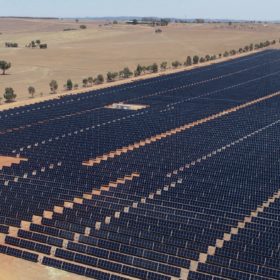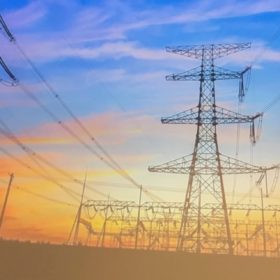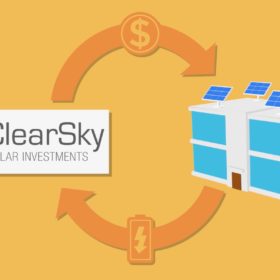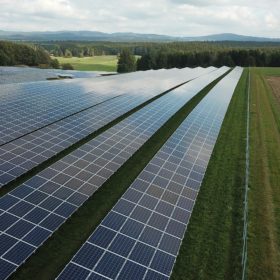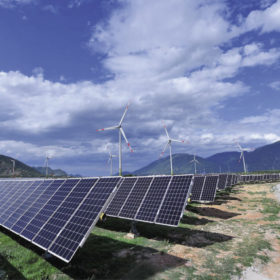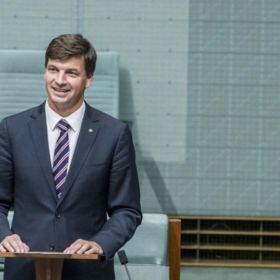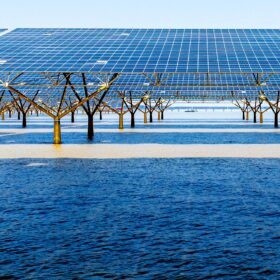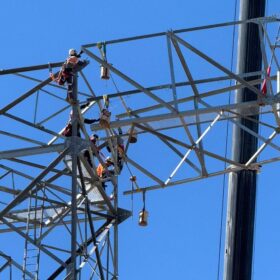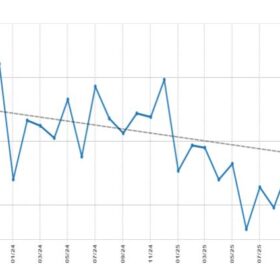Westpac commits to a decade of transition
Westpac is committing to major investment restructuring over the coming decade as it looks to align its business with Paris 2050 commitments and its own emissions reduction scheme. The bank is seeking to offset its global emissions with 100% renewables by 2025.
Keeping it human: Australian IT company joins RE100
Data centres chew through electricity at an incredible, constant rate. One Australian IT-industry leader pledges to plug into renewables for its entire power load as RE100 picks another winner.
Nectr executive scores CEC Women in Renewables AICD scholarship
At start-up Australian renewable-energy retailer Nectr, an executive team champions diversity, and its strategy leader takes home a scholarship to boost women’s confidence in corporate governance. The future looks refreshingly different.
WoodMac: Grid congestion chokes renewables investments in Australia
Wood Mackenzie analysts have expressed concern over deteriorating renewable energy investment conditions in Australia, noting that greater clarity on transmission investment is needed to support the sector.
Solar, wind and hydro resilient during Covid-19 crisis
A study by the International Energy Agency into the chilling effect of the Covid-19 pandemic on energy demand states renewables will be ‘the only energy source likely to experience demand growth for the rest of 2020’. The slower the economic recovery, the more the fossil fuel industry will suffer.
Fracking to help fund WA’s Clean Energy Future Fund
WA’s McGowan Government has set up a $9 million Clean Energy Future Fund which it will top up with the royalties of ‘unconventional onshore oil and gas projects’, a euphemism for fracking.
Solar buyback trend continues
In the face of the Covid-19 economic crisis, companies and investment firms are looking to buyback existing solar systems from businesses in exchange for ready cash and decent terms.
LCOE from large scale PV fell 4% to $50 per megawatt-hour in six months
Analysts at Bloomberg New Energy Finance say the lowest-cost projects financed in Australia, China, Chile and the UAE in the last six months hit a levelized cost of energy of just $23-29/MWh and the best solar and wind projects will produce electricity for less than $20/MWh by 2030.
AEMO: The grid can handle 75% renewables by 2025
The Australian Energy Market Operator (AEMO) has found that the country already has the technical capability to safely operate a system where three-quarters of electricity comes from wind and solar. However, to do so it needs to get regulations right.
“Queenslander!” call to fight new coal investment
A new poll of 1000 Queenslanders has found strong support for the State to invest in renewable energy and a concordant distaste for coal. The results come amid political debate as to the viability of a new coal-fired power station in North Queensland.
